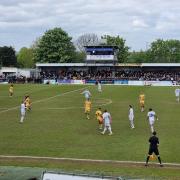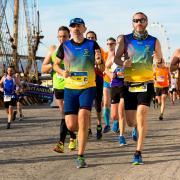
On the 18th of March, it was announced that schools would be closing by then end of the week to prevent the spread of the coronavirus. The total number of cases that day was 2,626 (up by 676), and the total number of deaths was 104 (up by 33).
On the 7th of September, most schools across the country—including my own—opened for the first time in months. That day, there had been 2,948 new cases—nearly four times as many as the day schools were closed. This, however, was not a significant cause for concern, as testing had greatly increased since March, and, so, naturally, the number of cases did to.
Yet, as the days went by, cases began to increase at a rate disproportionate to that of the increase in the number of tests. By early October, testing had increased by 44%, and the number of cases by 387%. Whispers began of a second lockdown, yet no politician seemed eager to include schools in said lockdown, despite the fact that almost every household has a school-going member, thus rendering any lockdown with schools open redundant.
By November, Southgate School saw its first CoViD case, in Year 11. The reaction was calm and controlled; an email was sent out to all parents, the students known to be in close contact with the infected one were told to self-isolate, and Years 7-11 saw drastic changes to their P.E. schedule. None of these measures, however, took account of the fact that all year groups interact with one another unwillingly as they brush through bustling corridors, with several students failing to don face masks, despite that being the official school policy in communal areas. Furthermore, children aged 11-18 usually have strong immune systems, leading them to remain asymptomatic for longer periods of time after catching the virus, thus making it impossible for those in contact with an infected student to self-isolate quickly enough.
We are continually reassured that schools are safe, by politicians from across the political spectrum. The argument is made that students aren’t usually at risk from the virus, neglecting the fact that they don’t live in isolation from the rest of the world; many of them live with grandparents and other immuno-compromised adults. As cases continue to grow in North London—and in schools—as well as the rest of the country, how long will it be before the straw to break the camel’s back finally lands?



























